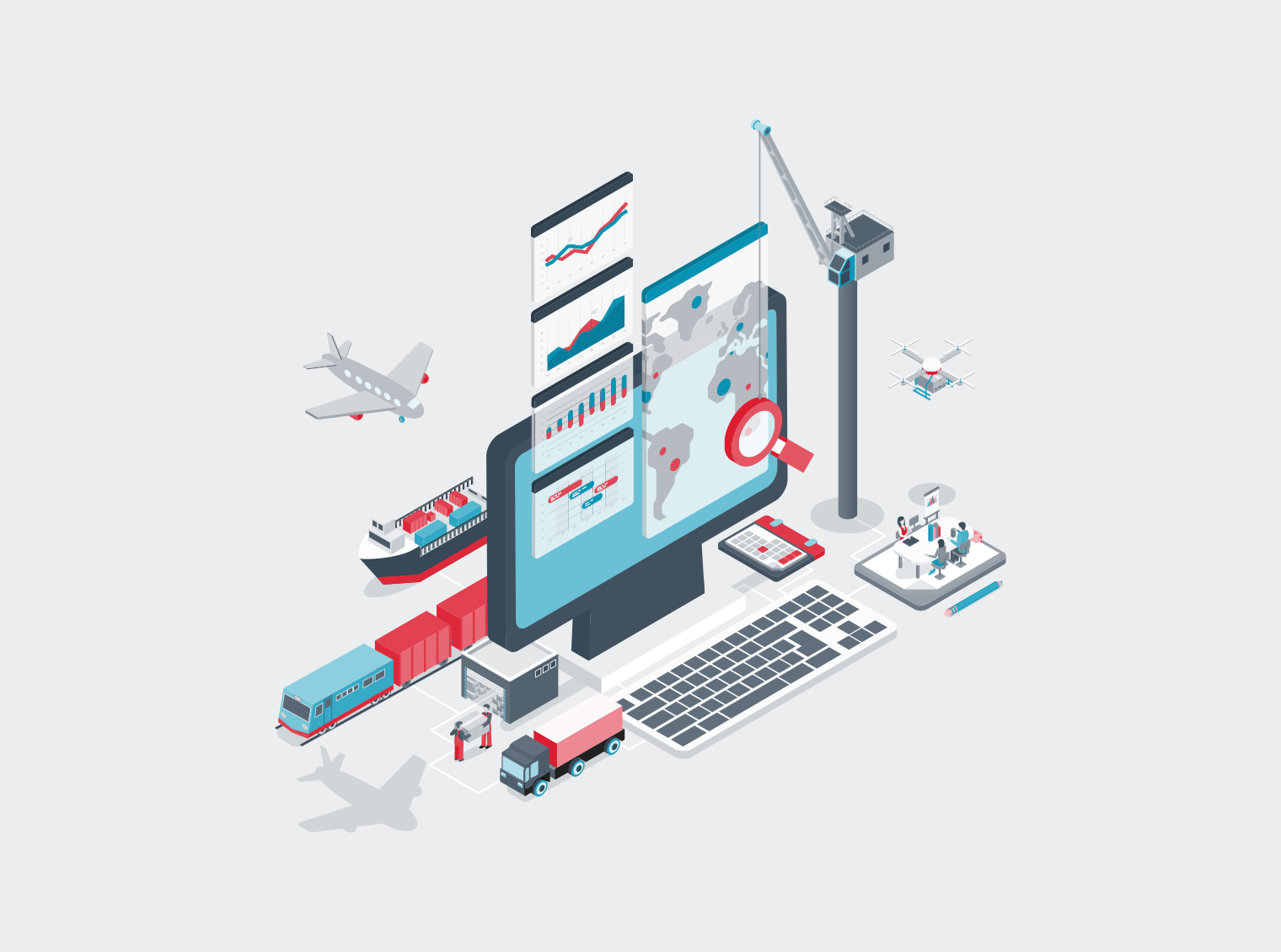As one of America's founding fathers, Benjamin Franklin, famously said, “Nothing is certain except for death and taxes.” Had he been alive now, he might have amended that statement to include supply chain disruption. I won’t belabor the myriad of disruptions supply chains have been facing since well before the start of the COIVD-19 pandemic. I think at this point most of us are painfully aware of the impact both on our businesses and our personal lives. Instead, I’d like to focus on what’s coming. Not in terms of the next black swan event that will sideswipe our industry. But rather, where the industry is heading to prevent us from ever again reaching the edge of near-global collapse we seem to be currently standing on.
As my colleague Polly Mitchell-Guthrie, the VP of Industry Outreach and Thought Leadership at Kinaxis, calls out in her recent eBook on five top supply chain trends, supply chain planning is heading for a great reset. Some may argue we’re already in the midst of it. The outdated planning techniques and technology that carried us through the past 30 years likely won’t survive the next three. Gone are the days when your supply chain, which was almost entirely housed within your organization’s four walls, could easily be managed in silos loosely connected by spreadsheets or modularized point solutions.
[More from Polly Mitchell-Guthrie: 5 Lessons from the desert for the future of supply chain resiliency]
So, what are the top supply chain trends our industry needs to collectively turn from nice-to-haves into requirements for survival? I’ll share at a high level the trends Mitchell-Guthrie identifies in her eBook, The Great Supply Chain Reset: 5 top trends revealed, but would encourage everyone to check out her full eBook to go deeper and see some of the research driving these trends. It’s free and well worth the read.
- Supply chain has become a board-level topic. Supply chains are no longer relegated to a back-office function whose primary role is that of a cost driver. They’re now recognized as a strategic business driver that can make or break a company’s future success.
- The role of AI and humans is on the increase. As the rate and scale of supply chain disruptions rise, so too does the importance of the expert judgment only humans can bring to planning decisions. To support people—everyone from CEOs to planners—we need AI to automate the simple and quickly surface complex exceptions that truly need human attention.
- Supply chains are linked, so effects of disruption are cascading and combinatorial. No supply chain is an island. What impacts one region or industry can have a ripple impact on others and magnify what may seem like a small, isolated disruption into one with global magnitude.
- Shrinking the time between planning and execution is crucial. Same day. Next day. Two-day shipping. The consumer demand to have any product available to them instantly means planning cycles need to be shorted, and planning and execution need to be more aligned than ever before.
- Sustainability is a business imperative. And supply chains need to play a starring role if we want to secure the future of our planet. Supply chain planning decisions need to factor in objectives besides cutting costs and boosting margins. Decisions need to be based on the entire value of the outcome, including things like limiting excess C02 emissions, plastic usage, and water consumption.
There’s no question about it. The state of supply chain is changing. While we can’t predict the future, keeping pace with top supply chain trends can help pave the way to ongoing competitive advantage and future success.
Additional Resources
- Supply chain planning frequently asked questions







